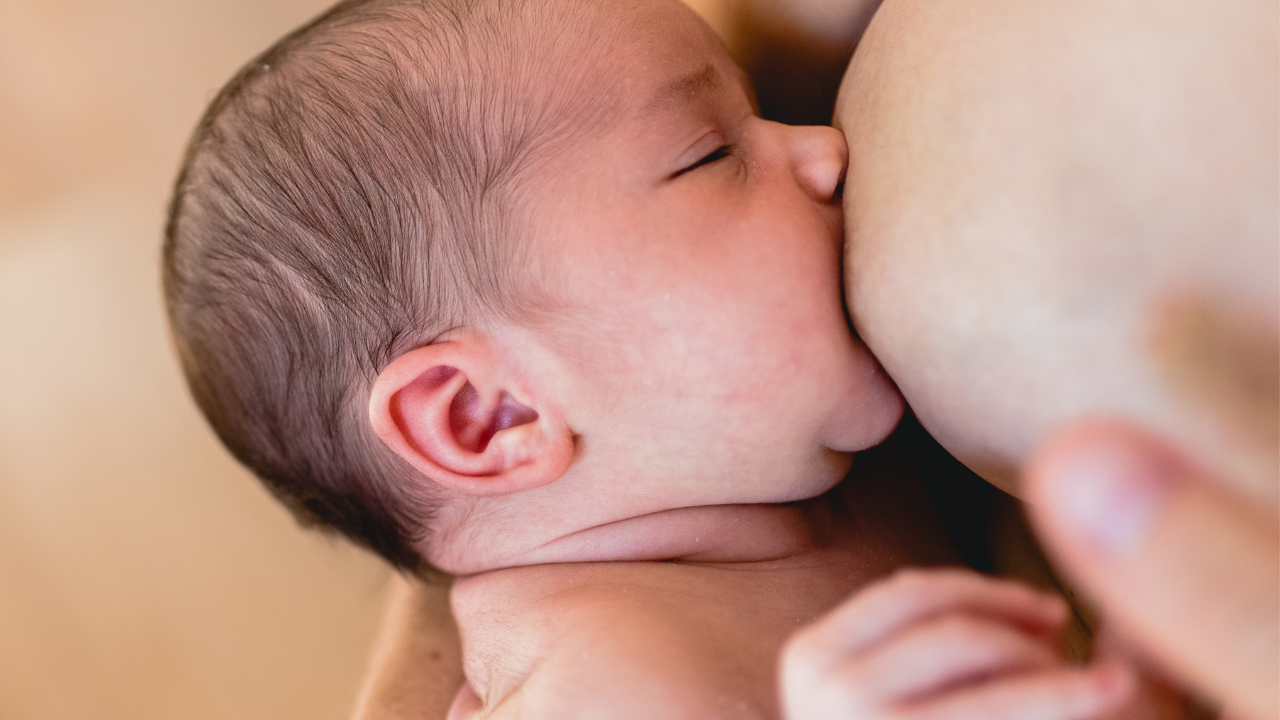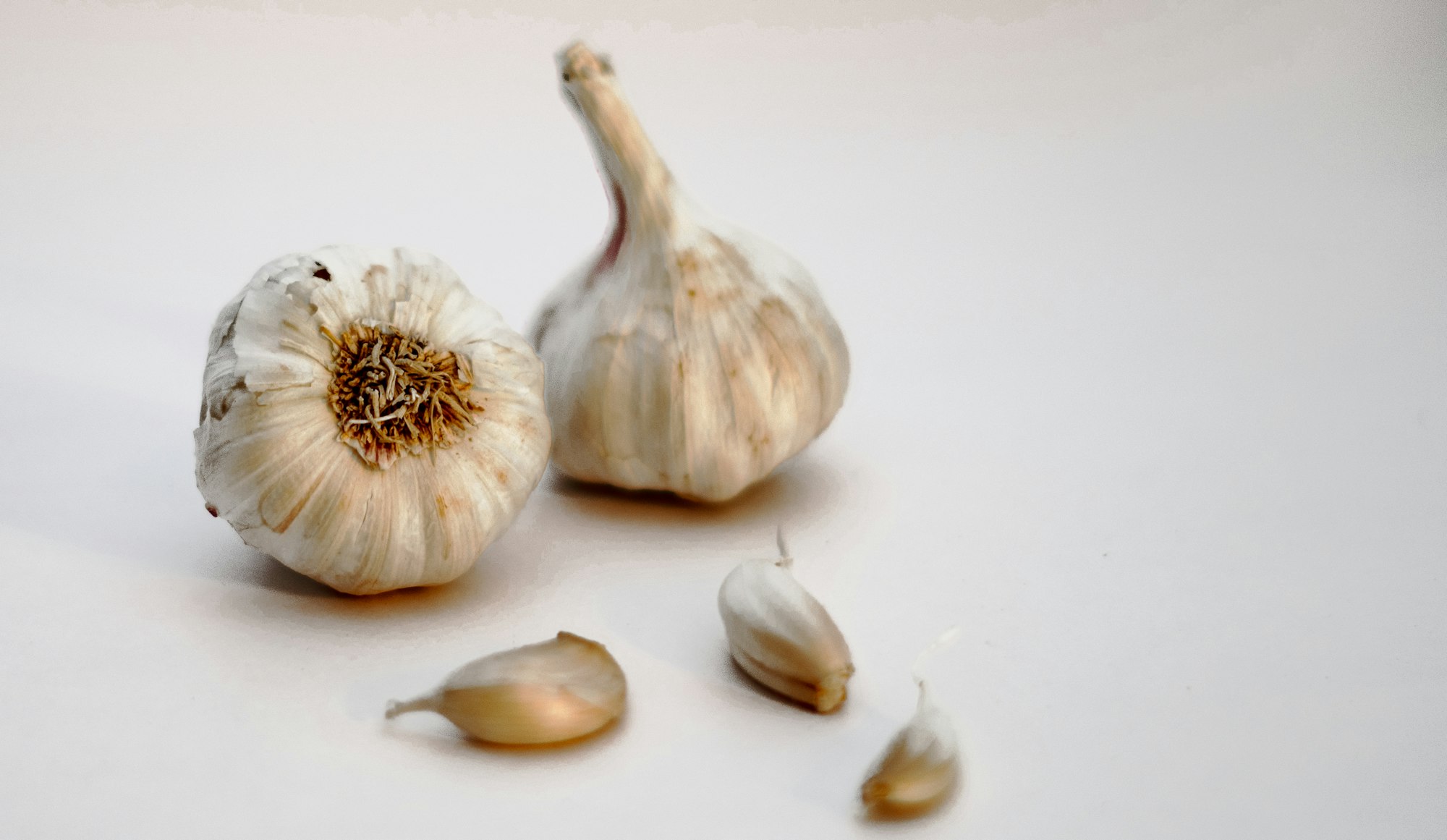Thrush and Breastfeeding - Symptoms, Causes & Natural Remedies
This page will discuss thrush and breastfeeding tips, including advice and natural resources.

Quick Page Links
- What is thrush?
- Causes of thrush
- Foods to avoid
- Symptoms of thrush
- Natural thrush remedies
- During the infection
- Thrush prevention
- Persistent thrush symptoms
Thrush and Breastfeeding
What is Thrush?
Thrush is a yeast infection. Yeast is a normal part of everyone's digestive system, but when there is an overgrowth, a thrush infection sets in.
A fungus feeding on milk (Candida Albicans) finds a way inside the cracked nipples and into a mother’s milk duct, which can then be transferred to the baby's mouth, causing oral thrush.
Thrush causes sore nipples and can cause pain inside your breasts.
Thrush in babies (oral thrush) can cause a sore throat and tongue.
Sometimes it can also cause red, sore skin in the diaper area (diaper rash), irritability, and excessive gas. Here is a page on how to handle yeast diaper rashes.
The mother and baby need to get treatment for thrush together, even if one of them does not show any symptoms of thrush. Otherwise, they may pass the infection back and forth to each other.
Causes of Thrush
- Mothers with a history of vaginal yeast infections are more susceptible to a yeast infection while breastfeeding than others.
- Anemia in the mother also increases her risk factor.
- Pacifiers used by your baby put your baby at a higher risk of developing an oral yeast infection (thrush in the mouth).
- Mothers who have diabetes are more susceptible to thrush.
- Antibiotics taken during pregnancy or while breastfeeding can increase the risk of breast infections like thrush.
- Long-term use of steroids can increase thrush risk.
- Cracked or bleeding nipples allow for the entrance of the fungus, resulting in thrush.
- Oral contraceptives containing estrogen increase the risk.
- Damp nursing pads or bras kept against the skin for too long promote yeast growth.
- Using plastic-lined nursing pads can restrict airflow and cause an infection.

Tushbaby Hip Carrier
With its ergonomic design and comfortable waistband, Tushbaby provides optimal support for both you and your baby, allowing for bonding on the go. Say goodbye to shoulder and back pain from traditional carriers, as Tushbaby evenly distributes your baby's weight, relieving strain and promoting better posture.
Foods to Avoid
Mushrooms, Pickled vegetables and fruits, Deep fried foods, Monosodium glutamate, Smoked fish and meat, Dried fruits, Yeast products like bread, Sweets, Beer, wine, and sodas.
The Symptoms of Thrush
Symptoms of Thrush in the mother:
- Extreme nipple or breast pain: A sharp shooting pain may radiate from the nipple, into the breast, or into the back and arm—cracked nipples.
- A decrease in milk supply.
- Nipples that are itchy and burning and that may look red, shiny, or flaky and have a rash and small blisters.
- A vaginal yeast infection (vaginal thrush).
- There may be sores at the corners of the mouth (angular cheilitis).
- She may notice a rash in the moist areas of her body, such as under her arms or groin area.

Thrush Symptoms in Infants:
- Yeast Diaper rash.
- A reluctance to nurse due to the baby's mouth being sore.
- Creamy white patches inside the mouth, inside the gums, inside the cheeks, the roof of the mouth, throat, and on the tongue.
- Infant thrush also causes gas in babies.
Natural Remedies for Thrush
Oral medication will be needed if the yeast infection is inside the breast and not just on the nipple.
Candida treatment usually takes 2-3 days before all symptoms clear.
- Tea tree oil: Use a couple of drops of pure tea tree oil mixed with coconut oil or olive oil, and apply the mixture to the nipples after each feeding. The mother must ensure she washes her nipples before breastfeeding her baby again.
- Apple Cider Vinegar: After each feeding, you can dab a few drops of raw apple cider vinegar around the nipples.
- Nystatin: Oral Nystatin drops for the baby's mouth. A cotton swab may be used to apply the medication to the mouth, being careful not to insert a swab back into the bottle that has touched the baby's mouth. The drug is given after all daytime feedings. For the mother, Nystatin cream will be given first. It is rubbed into the nipples and areola after every feeding. The cream does not need to be washed off before nursing. Nystatin pills are sometimes suggested if the symptoms continue.
- Garlic Supplements: Garlic is known to be a potent yeast fighter. Add 4-6 capsules of odorless garlic to your diet during a yeast outbreak and for 1-2 weeks after all thrush symptoms are gone.
- Aloe Vera gel: Apply to the affected area for relief.
- Echinacea: Echinacea is an immune system-boosting herb to be taken by the mother to boost her immune system.
- Vinegar Rinses: Yeast cannot live in acidic surroundings. If necessary, you can use vinegar to rinse off your nipples and your baby’s bottom. Use half water and half vinegar mixture. Use a squirt bottle and squirt the vinegar solution on your baby’s bottom before closing the diaper. This can be used similarly if the mother has a vaginal thrush infection.
- Gentian Violet: Gentian Violet can be used on the nipple area by painting the nipples and areola once a day, at night. (Very helpful with nipple thrush). Gentian Violet may also be used to paint a baby's mouth inside. It stains clothing, so dress your baby and yourself in clothes that can be bleached or thrown away.
- Grapefruit Seed Extract: This treatment consists of the mother taking a 250 mg capsule orally three times a day.

During the Infection
- Continue to breastfeed. Learn more about the importance of breast milk.
- Care for your breast and nipples.
- Avoid rubbing breast milk onto your nipples while you have a yeast infection; yeast thrives on milk.
- Eat fewer foods containing high amounts of sugar and yeast.
- Wash all clothing that comes in contact with the breast milk with a cup of vinegar.
- Do not freeze your milk during a yeast infection; the yeast is not killed by the cold.
- Pump if your breasts are too sore to breastfeed, but make sure you use a professional-grade pump like Medela lactina or Medela pump style to keep your milk supply up.
- Ask your doctor about taking ibuprofen (such as Advil or Motrin) for pain relief.
- Try drinking decaffeinated green tea three times a day. It will help in boosting your immune system.
- All things that come in contact with breast milk during yeast treatment should be boiled for 20 minutes daily, especially toys in the baby’s mouth, bottles, etc.
- If you have developed a vaginal infection as well, you should try only to wear cotton panties and should rinse the area with vinegar and water solution every time you go to the bathroom.
- A supplement called Lactobacillus acidophilus helps promote the growth of "friendly bacteria." This can be given to the baby too.
Prevention of Thrush While Breastfeeding
- The best prevention of thrush is a good diet, a healthy immune system, and a healthy intestinal tract.
- Wash your hands often and use a throw-away towel (paper towels) to dry your breasts and hands.
- Inadequate rest and stress can make your body more susceptible to thrush.
- Nursing pads should be replaced as soon as they become damp.
- Your nipples should always be washed with cool water and air-dried after every feeding.
- If you or your baby has thrush, you can apply pure, raw, virgin coconut oil to your nipples and your baby’s mouth to help avoid passing the yeast back and forth.
If the Problem Persists Even After Treatment
If you were told that you have a yeast infection, but the problem persists after treatment, it is possible that it is a bacterial (staph) infection and not a yeast infection. In this case, you will need antibiotics. Staph and yeast infection symptoms are almost identical and, therefore, frequently misdiagnosed.
Comments
Kill Yeast by Scalding Milk?
By: WIC Breastfeeding Peer Counselor/IBCLC
I found your article informative. I have a mom who is exclusively bf/pumping.
20-day treatment w/Diflucan and oral Nystatin drops for baby. Occasional bottles and uses a pacifier. Concerning discarding frozen milk. If scalded, would that kill yeast?
Heating Milk to Kill the Yeast
by: Tracy
While on medication and for two weeks after the infection (when she is symptom-free but still on medication), she can give her baby the milk without scalding it. After this treatment period, she can scald the milk to kill the yeast.
There have been no studies on this, but it is said that freezing does not kill the yeast; scalding does. (But she must not boil the milk)
How to scald milk: heat milk in a saucepan over medium-low heat, occasionally stirring, until the milk begins to steam and tiny bubbles begin to form around the edge of the pan; remove from heat.
There are active ingredients in breast milk that also fight against Candida; it inhibits yeast growth. Breast milk also encourages good bacteria growth, which helps to limit yeast growth. These factors will help to protect the baby from any yeast still contained in the expressed milk.
She should label her milk and give the baby the oldest milk first. To reduce the risk, she can also dilute the "infected milk" with other milk (if available)
The scalded milk will have fewer protective antibodies, but if no other breast milk is available, it is still much more nourishing than formula.
Resources:
Per Mohrbacher and Stock in The Breastfeeding Answer Book (2003, p. 483):
"Research indicates that freezing does not kill yeast (Rosa 1990). Suggest the mother give the baby any milk that was expressed and stored during a thrush outbreak while they are being treated. If that is not possible, suggest she boil it to kill any yeast before giving it to the baby."
Per Newman and Pitman in The Ultimate Breastfeeding Book of Answers (2000, p. 149):
"Throwing away frozen milk collected while the mother has her problem with C. albicans seems to be a terrible waste. Although freezing the milk does not kill this organism, it is likely that the fungus will remain in the form that does not cause problems, given the antifungal factors in breast milk."
Per Amir and Hoover in Candidiasis and Breastfeeding (p. 3) and per Odds in Candida and Candidiasis: A Review and Bibliography, 2nd ed. (p 14), Candida usually dies within minutes at a temperature of 122°F (50°C).
